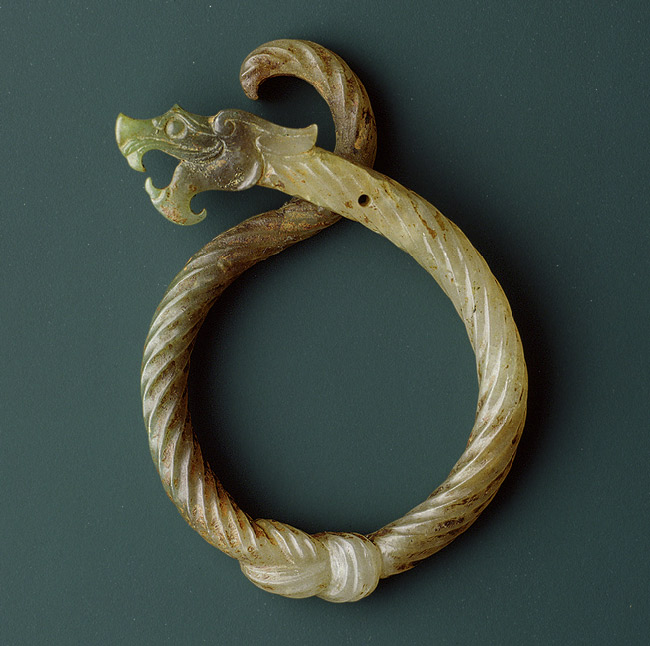擺步- Bai Bu - Swinging Step - Is of course in all styles but the practice of only using bai bu stepping while turning the circle isn't openly practiced. The outside foot bai steps then the inside foot bai steps but then hooks back with the heel twisting the whole body to the inside of the circle before setting down. If you squatted down at this point you would be in what is called the dragon stance in cma's. The bai step is opening the kua for easy delivery of kicks and the bai step itself is actually a kick so essentially this is turning the circle while drilling kicking and trapping.
扣步- Kou Bu - Hooking Step - Also in all styles but is also done with only kou stepping while circle turning. The inside foot kou steps to the outside but then pulls back after it hooks so that the body can re-orient to the center but is also the movement of hooking around the back of the opponents ankle moving their foot forward and simultaneously back in towards you to their side away from their center. The outside foot kou steps as normal.
鶴步- He Bu - Crane Step - Lift the back foot off the ground keeping it flat "the opponent should never see the soles of your feet.", hover the foot the minimal distance above the ground without touching or sliding it then set it down completely flat with all parts touching at the same time and it should be stuck/rooted "as if your foot was stuck in thick mud(and it'd have to be yanked out)". The weight is kept back as far as possible and as long as possible in this step, it also is training the isolating and lifting up of only the hip without tilting the waist as Wuyizidi was talking about, as this step is associated with the broken on the bottom Xun trigram. (Crane stepping is what I believe is called 'mud stepping' in Cheng styles.
 ) The variation of crane step is pick it up flat bring the knee up to waist height then set down completely flat, this is the larger movement of bringing the hip up without tilting the waist or making it uneven. I believe this is training the stepping around and over the knees of the opponent more so than training 'knee strikes'.
) The variation of crane step is pick it up flat bring the knee up to waist height then set down completely flat, this is the larger movement of bringing the hip up without tilting the waist or making it uneven. I believe this is training the stepping around and over the knees of the opponent more so than training 'knee strikes'.車輪步- Che Lun Bu - Wheel Step - This I described which uses 自然步 'natural stepping', the rolling wheel action is in the whole leg rolling over anything in its way. The knees/shins can collide/strike with force into the opponents knees/shins. The weight or center of the body naturally rolls forward with the steps.
淌水步- Tang Shui Bu -Water Dripping Step - In this stepping the foot is picked up then as the foot comes forward the sole is completely vertical and the toes point straight down like dripping water off the foot then the toes press into the ground and the rest of the foot sets down. This step is training a bagua leg winding skill as well as strengthening the toes for toe-kicks.
卧步- Wo Bu - Lying Step- I believe is using only the Lying step to turn the circle or rather only the leg work from 'swallow enters the forest'.
撤步- Che Bu - Withdrawing Step- There is the practice of turning the circle backwards in bagua which I believe would be using the withdrawing stepping the whole time.
.






.jpg)

